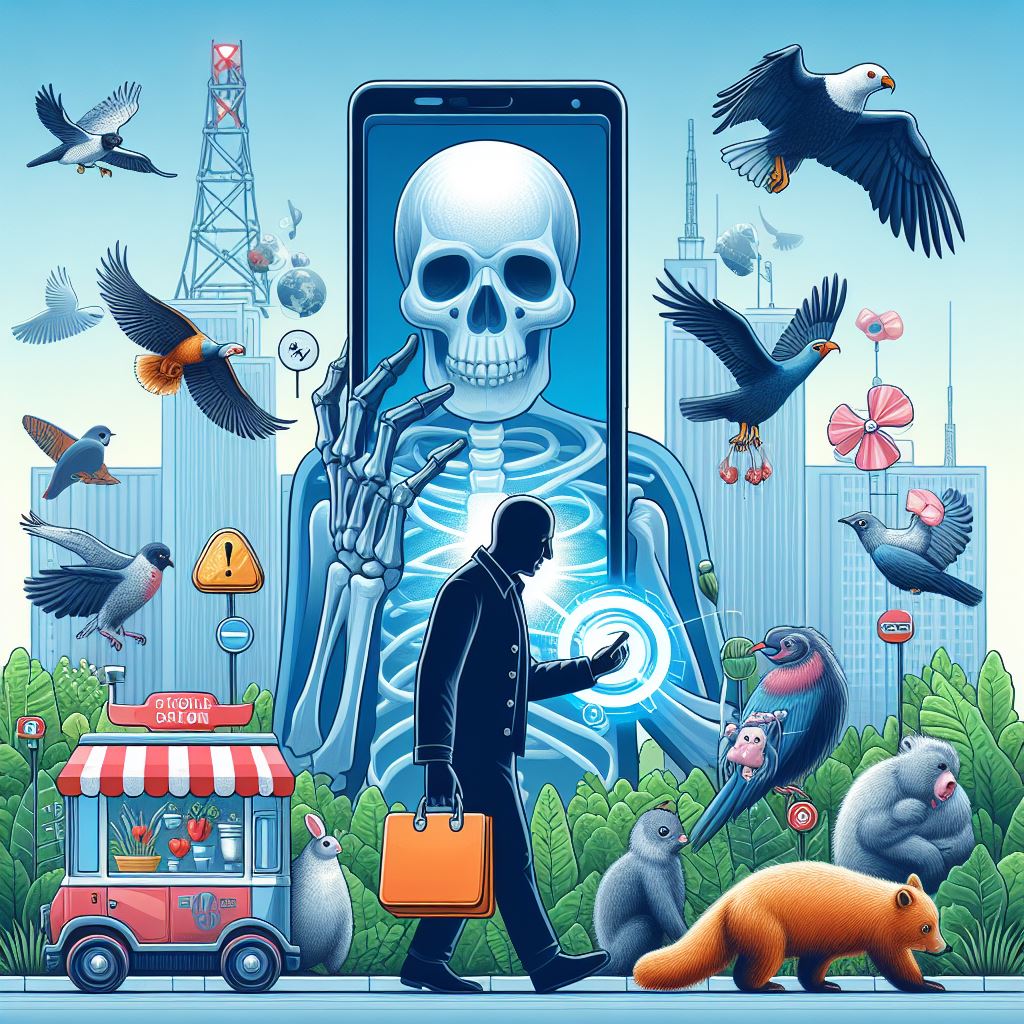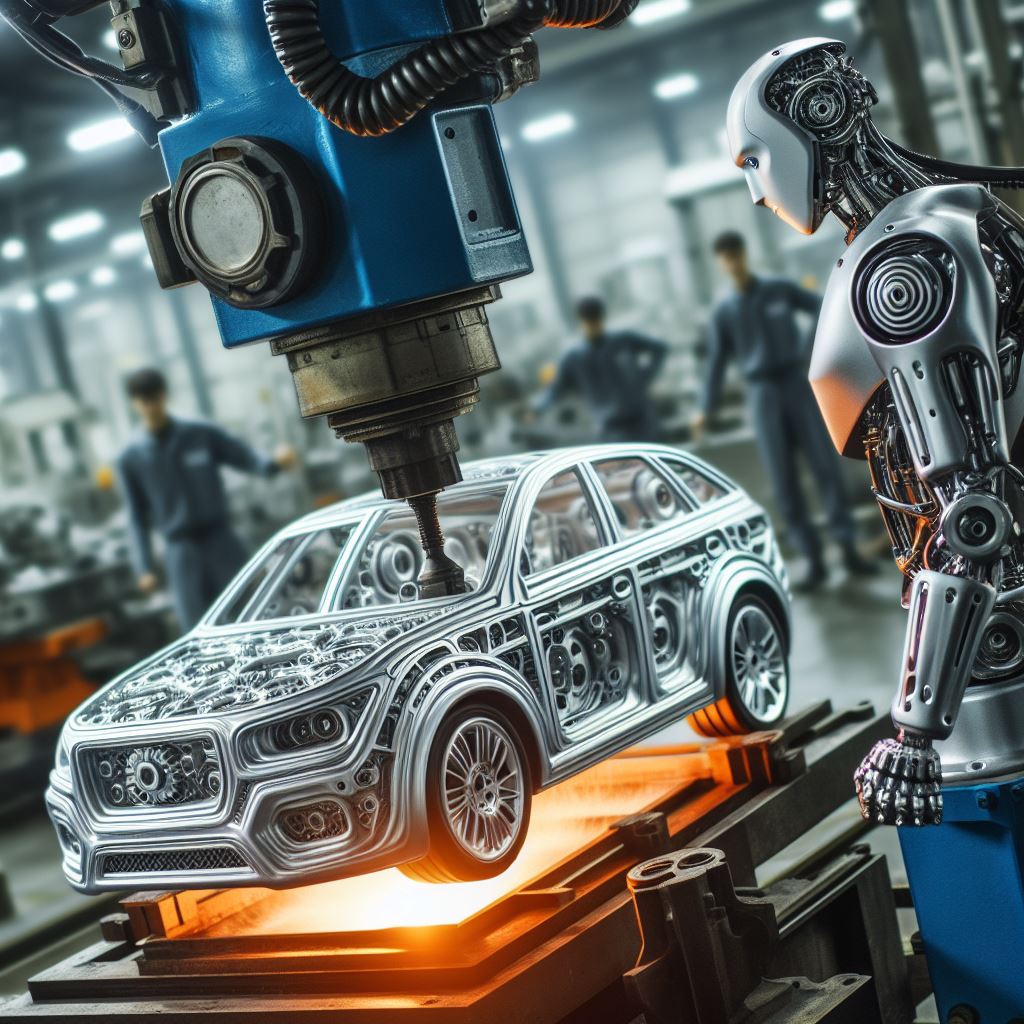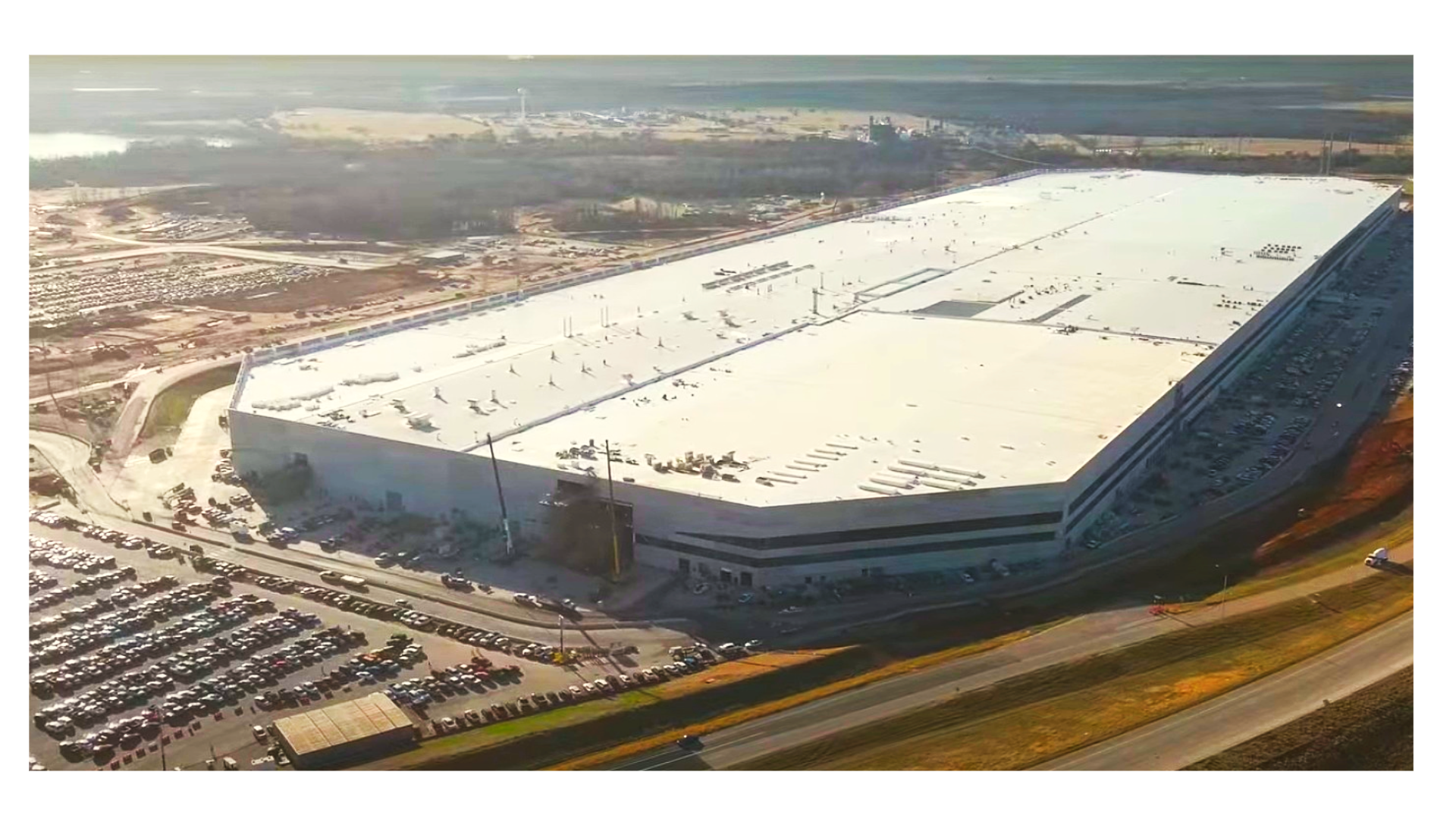In a harrowing incident at Tesla’s Giga Texas factory near Austin, a Tesla engineer fell victim to a robot malfunction while programming software for disabled robots.
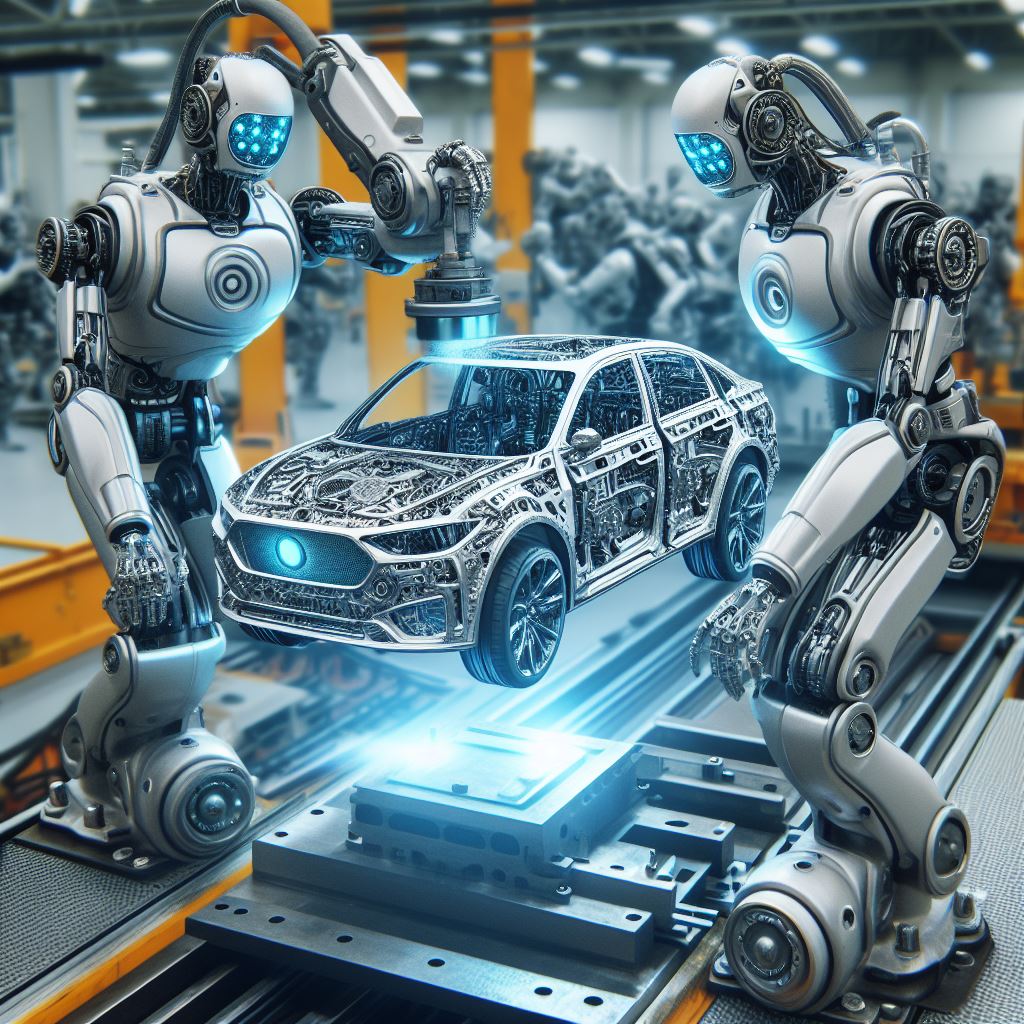
Witnesses were horrified as the machine, designed for handling freshly cast aluminum car parts, unexpectedly attacked the engineer.
The robot pinned the man and, in a gruesome turn of events, clamped its metal claws into the worker’s back and arm, leaving a disturbing ‘trail of blood’ on the factory floor.
This distressing episode, resulting in an ‘open wound’ on the engineer’s left hand, was disclosed in a 2021 injury report submitted to Travis County and federal regulators, reviewed by British daily middle-market tabloid newspaper DailyMail.com
As per the then reports, notably, Tesla did not report any other robot-related injuries at the Texas factory for the years 2021 and 2022.
ALSO, READ / Xenobots – The Living Robots Can Already Reproduce?
However, the incident adds to existing concerns about the potential risks associated with automated robots in workplace environments.
The rapid integration of new technologies, such as robotic coworkers in Amazon shipment centers, droid-surgeons, self-driving cars, and even incidents of violence from robotic chess instructors, has raised concerns about increased injuries in various industries.
ALSO, READ / Artificially Intelligent Robots Killed 29 Scientists In Japan In 2017?
In the case of Tesla’s Giga Texas factory, the injury report submitted to authorities, a requirement for maintaining tax breaks, asserted that the engineer attacked by a malfunctioning robot did not need time off work.
However, an attorney representing Tesla’s contract workers at Giga Texas has expressed skepticism.
According to her conversations with workers, she believes that the factory’s injury count is being underreported. This alleged underreporting extends to serious incidents, including the death of a construction worker on September 28, 2021, contracted for the factory’s construction.
Hannah Alexander, an attorney representing workers at Tesla’s Giga Texas, has raised serious concerns about underreported workplace injuries.
Notably, the death of a construction worker named Antelmo Ramírez, who succumbed to heat stroke while contributing to the construction of Tesla’s expansive Giga Texas factory, was allegedly omitted from the reports that Tesla is obligated to accurately complete and submit to the county for tax incentives.
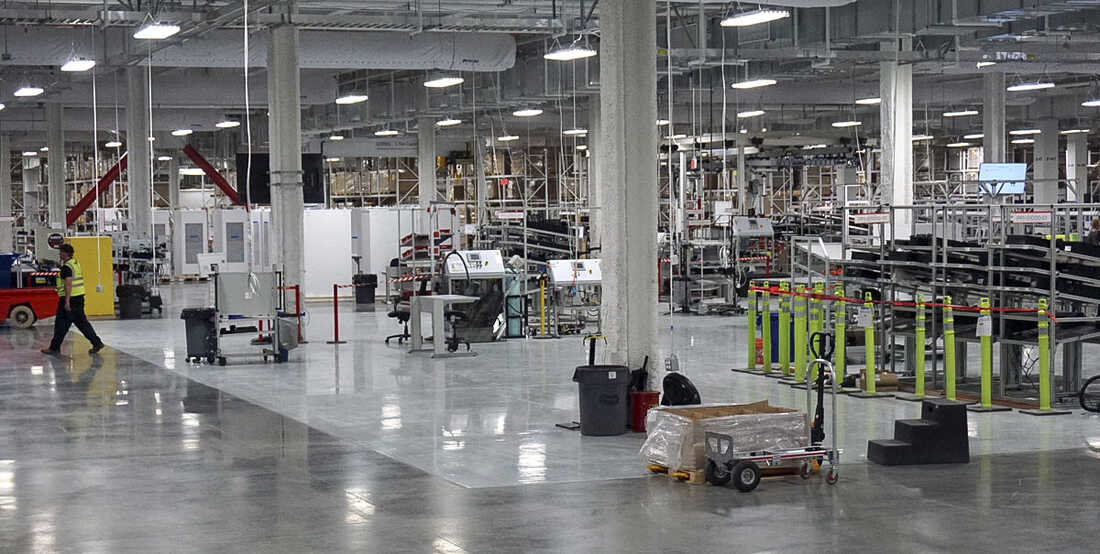
Last year, the Workers Defense Project filed a complaint on behalf of Giga Texas workers with the U.S. Occupational Safety and Health Administration (OSHA).
The complaint accused Tesla’s contractors and subcontractors of providing some hires with false safety certificates.
Workers reportedly received training materials in the form of PDF files or images of certificates through text or WhatsApp within a matter of days, without undergoing the necessary training.
Hannah Alexander’s allegations align with a pattern observed by state regulators and investigative journalism nonprofits over the years.
The Center for Investigative Reporting’s Reveal team uncovered instances where Tesla misclassified on-the-job accidents and injuries as ‘personal medical’ cases, a practice aimed at evading state regulators.
If proven accurate, Alexander’s claims would underscore the need for increased scrutiny regarding workplace safety practices at Tesla’s Giga Texas facility.
Attorney Hannah Alexander from the nonprofit Workers Defense Project advises caution when interpreting the injury report related to Tesla’s Giga Texas.
Her suggestion is to approach the report with skepticism and not take its contents at face value.
This counsel implies that there may be concerns or discrepancies in the accuracy and completeness of the information provided in the report.
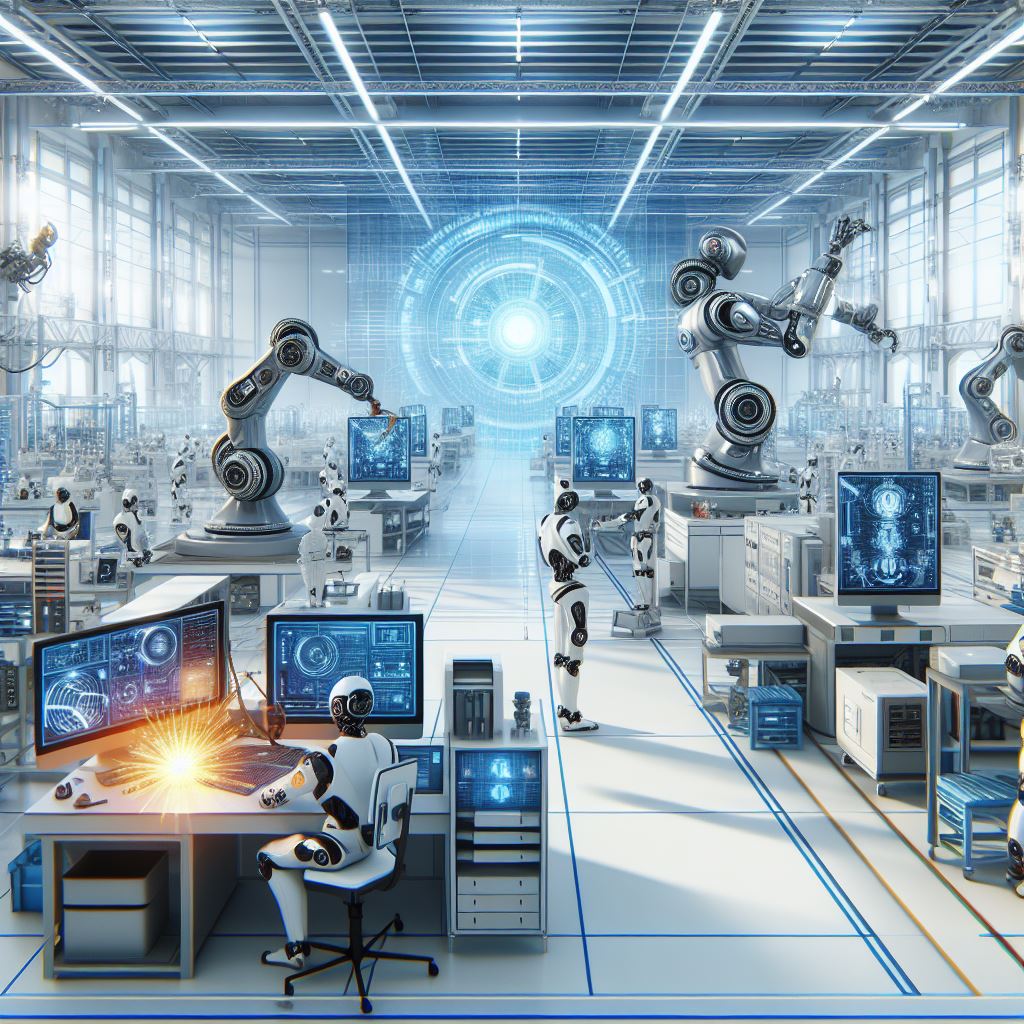
Alexander’s cautionary advice emphasizes the importance of thorough scrutiny and independent verification when assessing the situation at the Giga Texas facility.
In a parallel situation, California OSHA investigators discovered that Tesla had omitted 36 injuries from its mandatory government filings in 2018.
This finding corroborated an earlier report by the Center for Investigative Reporting’s Reveal team, which exposed Tesla’s practice of misclassifying on-the-job accidents and injuries as ‘personal medical’ cases to evade scrutiny from California regulators.
Before California OSHA’s investigation, Tesla had vehemently denied the accuracy of Reveal’s claims, labeling them as ‘completely false.’
The company accused the investigative group of collaborating in secret with laborers aiming to unionize the California plant.
In contrast, Tesla’s 2021 Annual Compliance Report for Giga Texas does acknowledge the incident involving the software engineer and the malfunctioning robot, albeit with minimal detail.
The entry dated November 10, 2021, describes the event as a ‘laceration, cut, open wound’ inflicted on an ‘engineer’ by a ‘robot.’ According to Tesla, the injuries sustained by the engineer’s left hand did not necessitate any days off for recovery.
In a comprehensive overview, it is revealed that a Tesla engineer at Giga Texas suffered a serious injury during a robot malfunction, contradicting Tesla’s claim that no time off work was required for recovery.
Eyewitnesses described a more alarming incident, where the injured engineer attempted to free himself from the robot’s grasp, resulting in a fellow worker hitting an emergency stop button. This led to the engineer falling down a chute, leaving a trail of blood.
The larger trend at Tesla’s Giga Texas facility indicates higher injury rates compared to the auto industry average. In 2022, the ratio of workers injured at Giga Texas was nearly 1 in 21, surpassing the industry median of 1 in 30.
The facility also outpaced others in accidents requiring time off, with a ratio of 1 in 26 workers, compared to the median rate of 1 in 38.
In her speech about AI and alien encounters, Howe robot recalls a phone conversation with former marine officer employed at Central Intelligence Agency (CIA).
The article emphasizes the impact of rapid construction at Giga Texas, which has allegedly contributed to lax safety standards and increased injuries.
Tesla’s self-reported injuries range from blunt force trauma to chemical exposures, with some workers requiring months of recovery.
Concerns are raised about the accuracy of injury reporting, with allegations of underreporting and omissions, including the death of a construction worker.
Despite Tesla’s tax incentives in Texas, there are claims of non-compliance with reporting requirements, as outlined in an agreement with Travis County.
The attorney representing workers argues that injuries and deaths of construction workers on the site should be reported, and discrepancies in reporting may violate agreements.
The move to Texas is attributed, in part, to dissatisfaction with health and safety protections in California.
However, the decision to operate parts of Giga Texas while still under construction may have contributed to above-average injury rates.
The article notes that Tesla has not responded to media inquiries.








